ESG (Environmental, Social, and Governance) investing is gaining traction among sustainable investing strategies. Find out more about what ESG investing is about. The original version of this article was published on StashAway.my.
You might’ve already taken some steps to minimise your carbon footprint: maybe by taking shorter showers, taking public transport instead of driving, opting for train travel instead of flying, or eating less meat. But when it comes to sustainability, did you know that simply moving your pension into a sustainable fund can be 27 times more effective than all those actions combined?
Corporate sustainability goes beyond just preserving the environment: a sustainable company also treats its employees and customers fairly and has sound decision-making processes across the board.
Companies that take a holistic view across environmental, social, and governance aspects are sustainable because they’re most likely to last. That is, they’re better able to gain trust from the public, satisfy their employees, and improve their overall company health.
With increasing awareness around climate change and gender and racial inequality, investors increasingly want to invest not only in profitable companies but sustainable ones, too.
Contents
ESG – The Sustainable Investing Criteria
ESG stands for Environmental, Social, and Governance. It gives investors a framework to assess how sustainable and long-lasting an investment is likely to be. Think of it as a lens to evaluate an investment on top of its financial performance.
Below is a breakdown of ESG criteria and why they matter:
The Environment criteria assess how a company handles its waste, resources, and environmental impact, such as its carbon footprint. An environmentally sustainable company is more likely to gain public confidence. As governments pivot towards more climate-friendly policies, these companies are also more likely to thrive.
The Social criteria assess how a company interacts with its communities. A socially responsible company would treat its employees fairly, source fair labour, and have diversity policies. Organisations impact the livelihoods of whole communities and are more likely to thrive when those who come into contact with them – whether as customers or direct or indirect employees – are satisfied. This has multiple trickle-down benefits that affect a company’s bottom line: from higher employee retention rates to strong community and industry representation.
The Governance criteria assess a company’s framework for decision-making and legal compliance. Strong governance ensures that companies distribute their resources fairly, deal appropriately with bribery or fraud, and avoid conflicts of interest at the board level. Companies with robust governance are more likely to practice fairness and transparency across the organisation and be more stable in the long term.
Some of the issues covered by ESG’s sustainable investing criteria
(Image courtesy of StashAway)
How ESG differs from other sustainable investing strategies
ESG isn’t the only sustainable investing strategy. There’s also Socially Responsible Investing, which goes one step further by actively eliminating investments based entirely on ethical criteria. And its subset, Impact Investing, only considers an investment’s sustainability impact, regardless of its financial performance.
ESG differs from these other sustainable investing strategies as it builds on traditional investment strategies. This means that ESG focuses not only on an asset’s financial performance but also how it impacts sustainability.
ESG investing considers financial gains while also focusing on sustainability
(Image courtesy of StashAway)
The challenge behind defining and regulating ESG
As we can see above, ESG offers an entry point for incorporating sustainability and social impact into traditional investing. But just how experts define and regulate ESG will likely evolve over time as experts find ways to measure the criteria more quantitatively.
Environmental and social practices aren’t universally regulated nor quantifiable in financial terms yet. For example, there’s still no universal standard for measuring the harm a company causes its workers or to which extent a company is responsible for its supply chain. These factors make regulating ESG difficult compared to traditional investing, which has established standards on financial reporting.
Despite the lack of transparency on ESG metrics, some institutions have developed ESG scoring to help fund managers build ESG-friendly portfolios. MSCI and Morningstar, for example, designate ESG ratings based on how a company manages its ESG risks compared to other companies within the same industry.
Currently, multiple ESG organisations and the International Financial Reporting Standards are taking steps to standardise ESG criteria. These steps include collaborating on efforts with other institutions to create universal standards.
How ESG drives returns
In the past, many investors thought that factoring ESG criteria into a business model would come at the cost of a company’s returns, and therefore their own investment returns.
After all, a company would need to take extra measures to ensure that its operations don’t harm the environment, such as buying carbon credits or investing in renewable energy. Social and governance measures include paying fair salaries, making hiring decisions that reflect a community’s diversity, and implementing robust internal controls. All of these actions require time and resources.
But in fact, sustainable companies are proving to be more likely to generate scalable returns compared to those that don’t prioritise ESG.
Beyond the ethical benefits that ESG offers, ESG is practical because its framework can help investors identify future-proof companies. Investors can use ESG to help them avoid investing in companies that engage in risky or short-signed behaviour, which can cost a company and its shareholders more. (Think of major oil spills or carbon emissions scandals that have rocked company share prices!)
We’ve even run the numbers and found that ESG drives an asset’s returns and provides diversification in a portfolio. ESG performs well among other factors that affect an asset’s returns, such as an asset’s size, volatility, and dividend yield.
Demand for ESG continues to grow
Despite the challenges behind regulating ESG, increasing awareness and strong returns are driving its demand: at the beginning of 2018, $11.6 trillion USD in assets were chosen according to ESG criteria, up from $8.1 trillion USD just 2 years earlier. And in Europe, 60% of mutual fund assets will be ESG-related by 2025.
In Malaysia, many corporates still see ESG criteria as an obligation – and therefore a cost – rather than a value driver. So compared to the US and Europe, Malaysia is still early in its journey to making ESG investing mainstream. A report by PwC found that 73% of Malaysian businesses mentioned Sustainable Development Goals in their reporting, but only 20% had included them in their business strategy.
Despite that, ESG is set to gain ground. For the first time, the country’s Budget 2021 includes ESG measures consistent with the United Nations’ 17 Sustainable Development Goals. A large part of Malaysia’s economy also relies on exports to developed economies, which are likely to impose higher ESG standards in the future. This pressure will further push businesses to improve their practices around local supply chains and attract high-value investments.
Overall, investors can expect more visibility on ESG metrics in future, and companies will need to adapt to global pressure and local sustainability regulations to thrive. So when evaluating investments for the long term, investors should check how sustainable they are and not just how profitable they are.
How you can invest sustainably
If you’re already investing with StashAway, you won’t need to change anything to invest sustainably.
We’ve done the legwork by applying two leading ESG scoring models to our portfolios: the MSCI ESG rating, which consists of 7 rating categories, and the Morningstar Sustainability Rating, which consists of 5 rating categories.
Based on an average of the two scoring models, our portfolios already have high ESG scores, ranging from 3.21 to 3.57 out of a score of 5.
We’re also adding 2 new ESG ETFs into our investable universe: iShares ESG Aware MSCI USA ETF and iShares ESG Aware MSCI Emerging Markets ETF. You might not see the ETFs in your portfolio straight away, but they may be included in your next portfolio re-optimisation. And of course, even with the new additions, we’ll always focus on maintaining your portfolio’s risk-adjusted returns.
ESG Ratings by StashAway Portfolio
(Image courtesy of StashAway)
What are your thoughts on ESG investing among the available sustainable investing strategies?
StashAway x MyPF exclusive signup privileges!
- StashAway Malaysia promo code 0% fees for RM100k invested for 6 months: signup link
- StashAway Singapore promo code 50% fees for SGD50k invested for 6 months: signup link


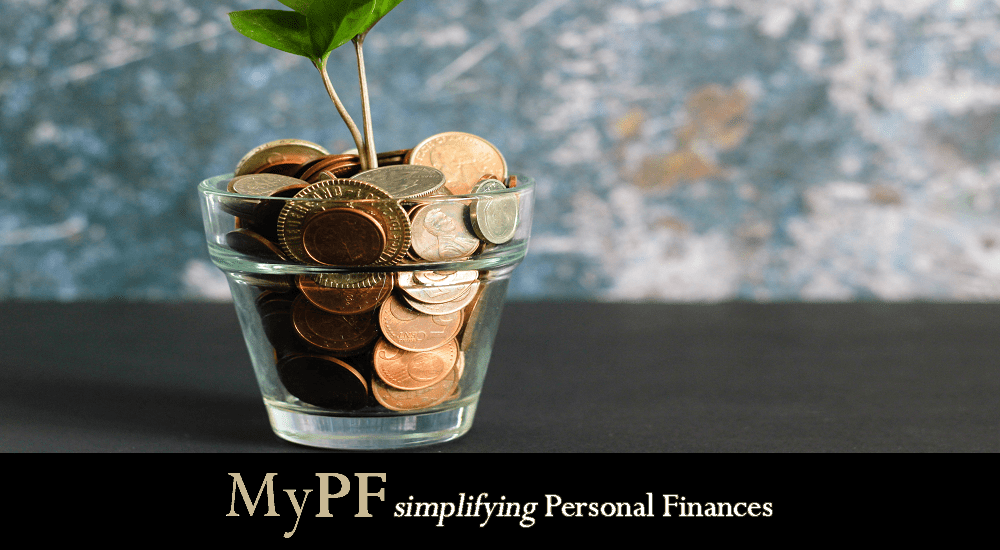
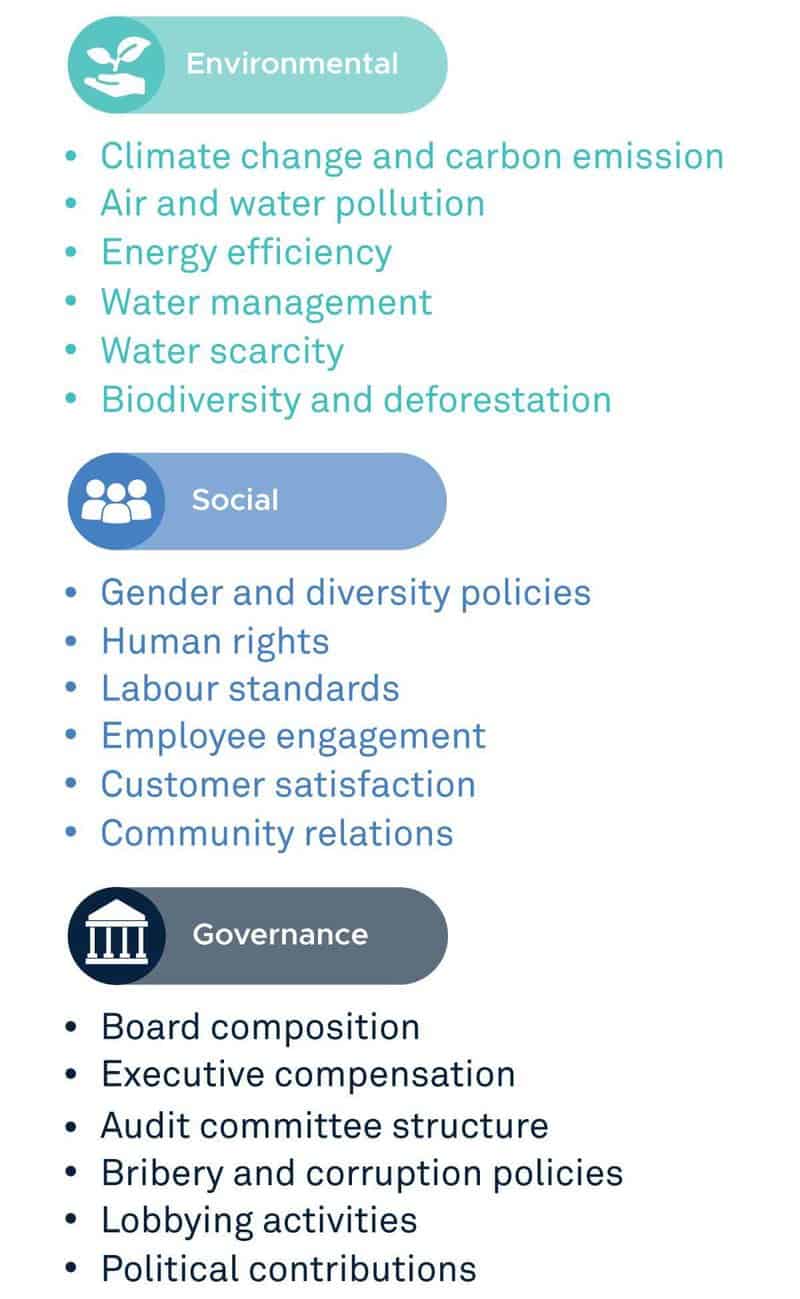
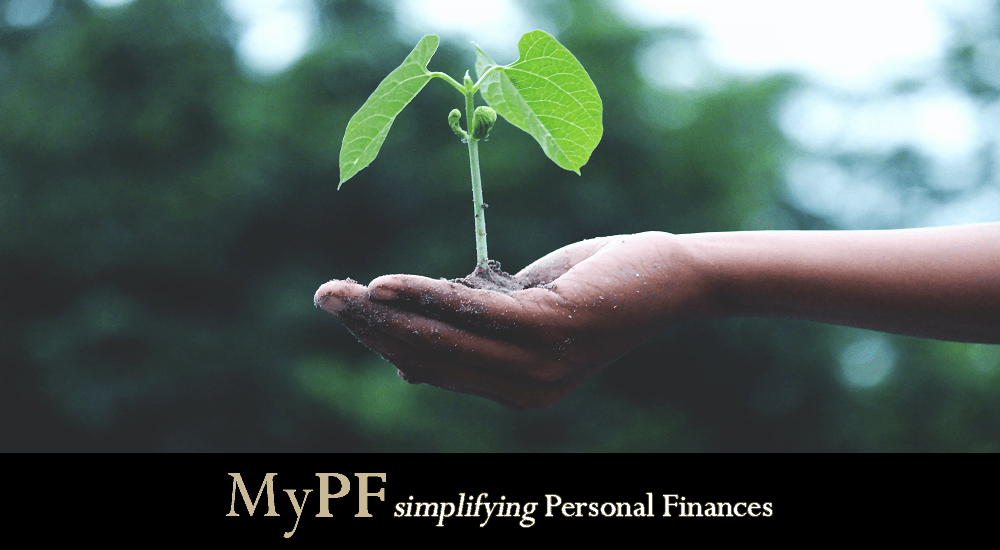
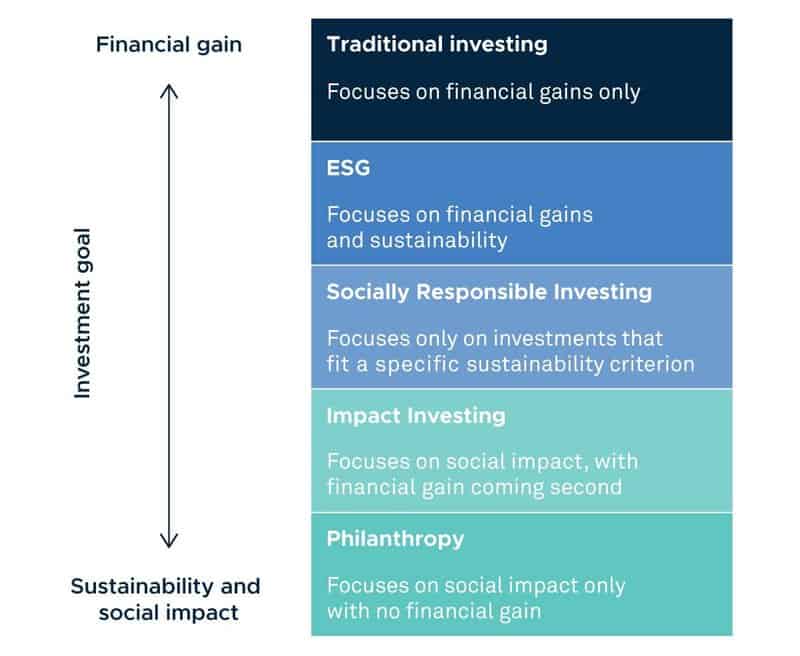



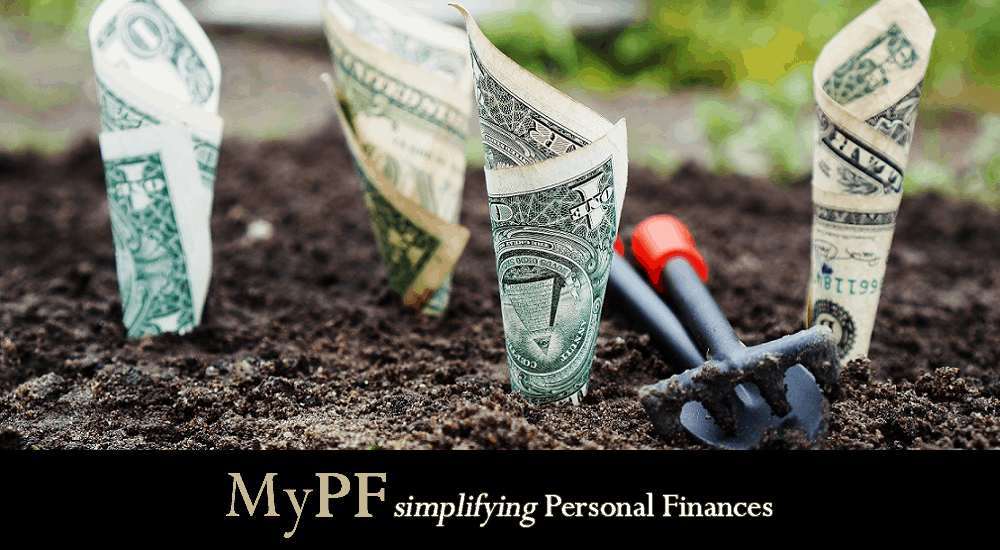
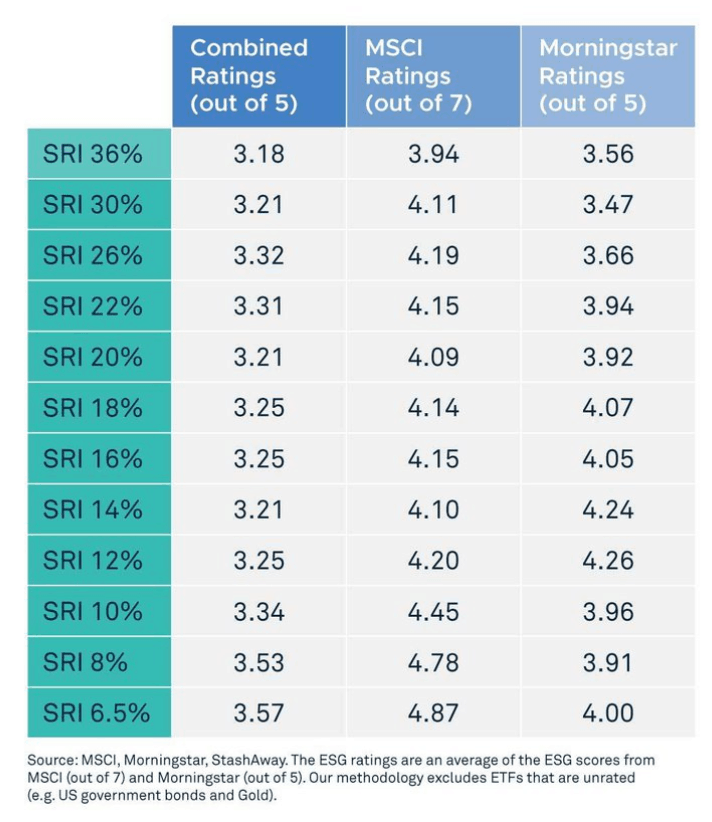


Leave A Comment